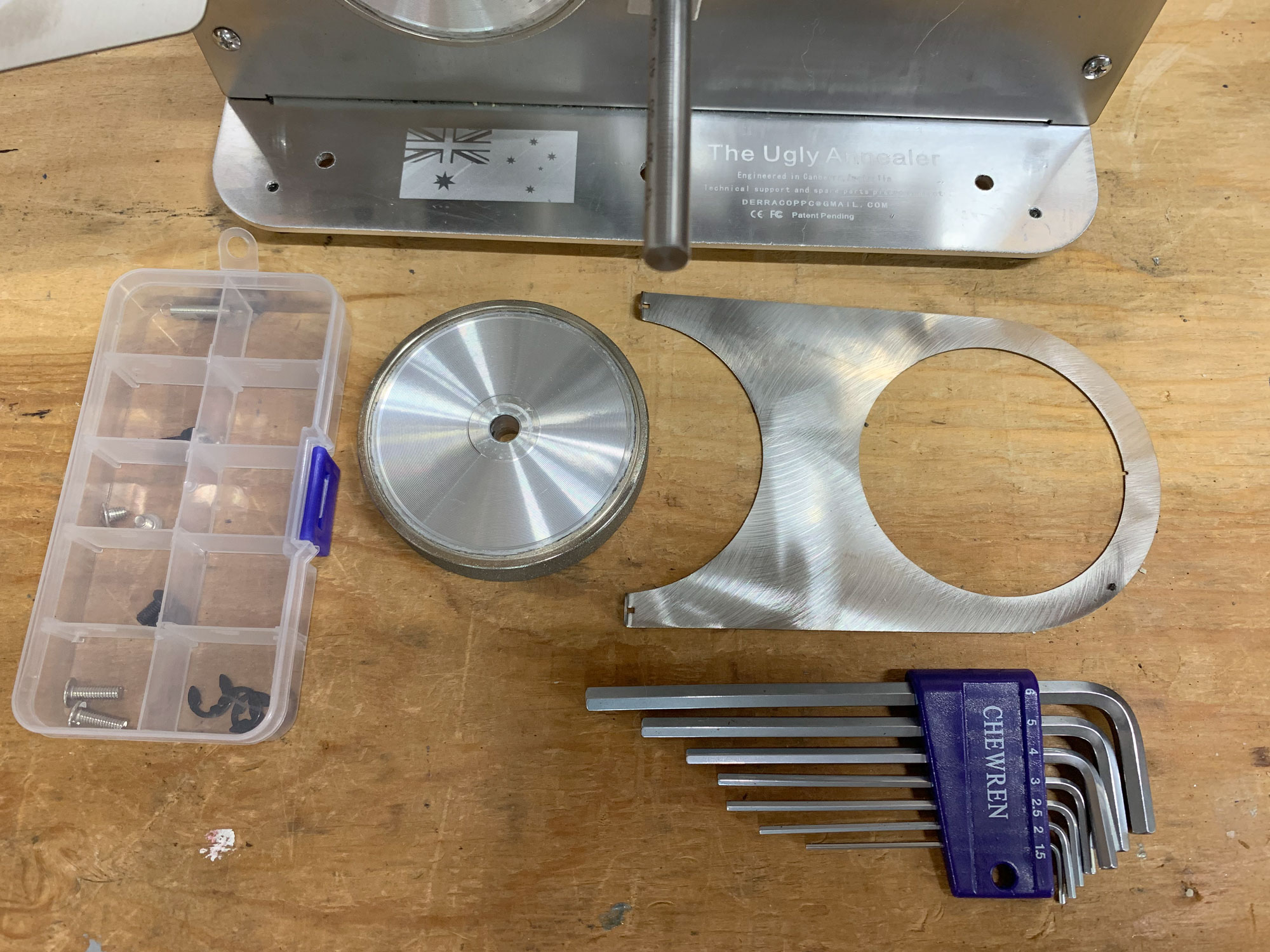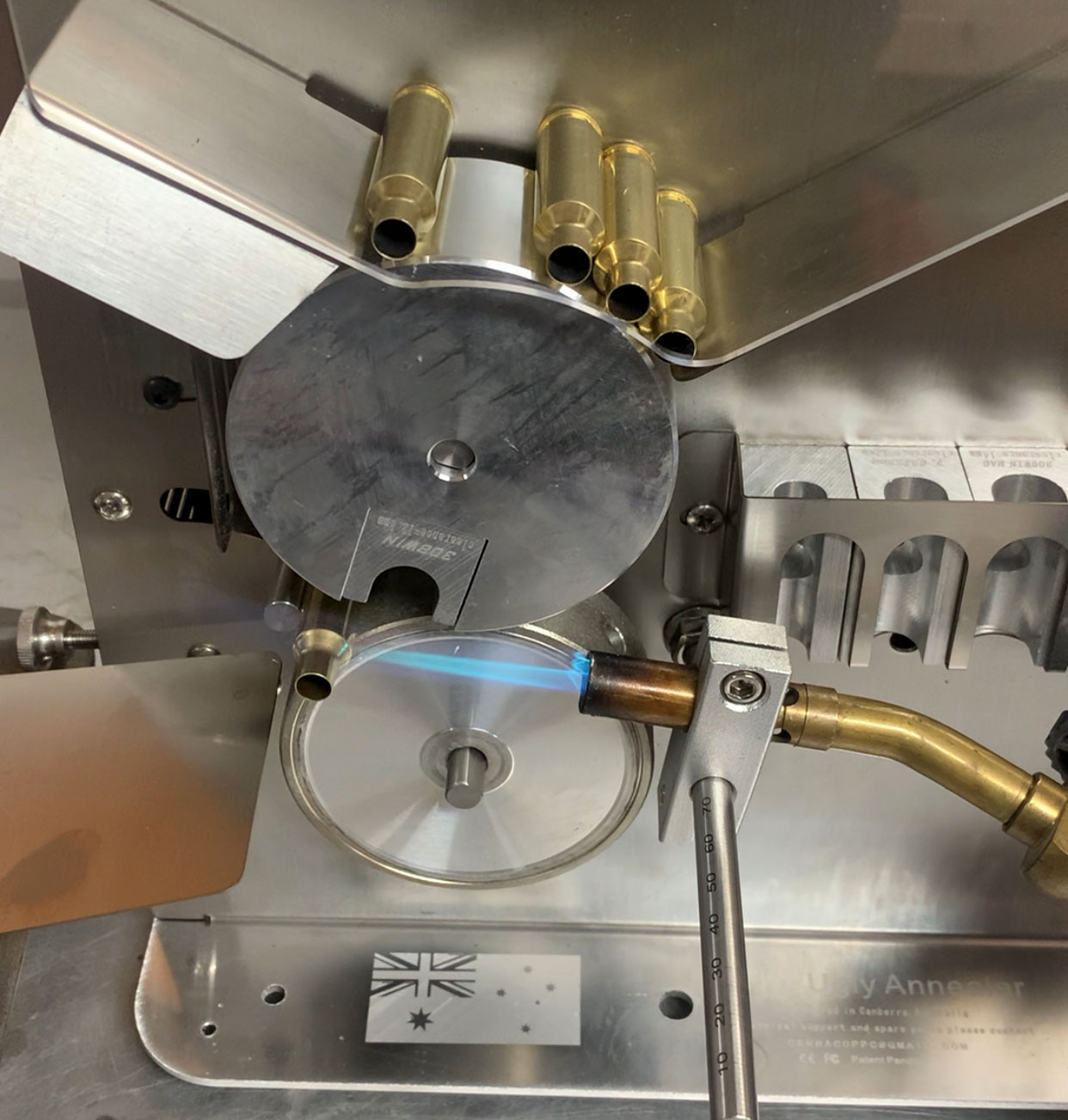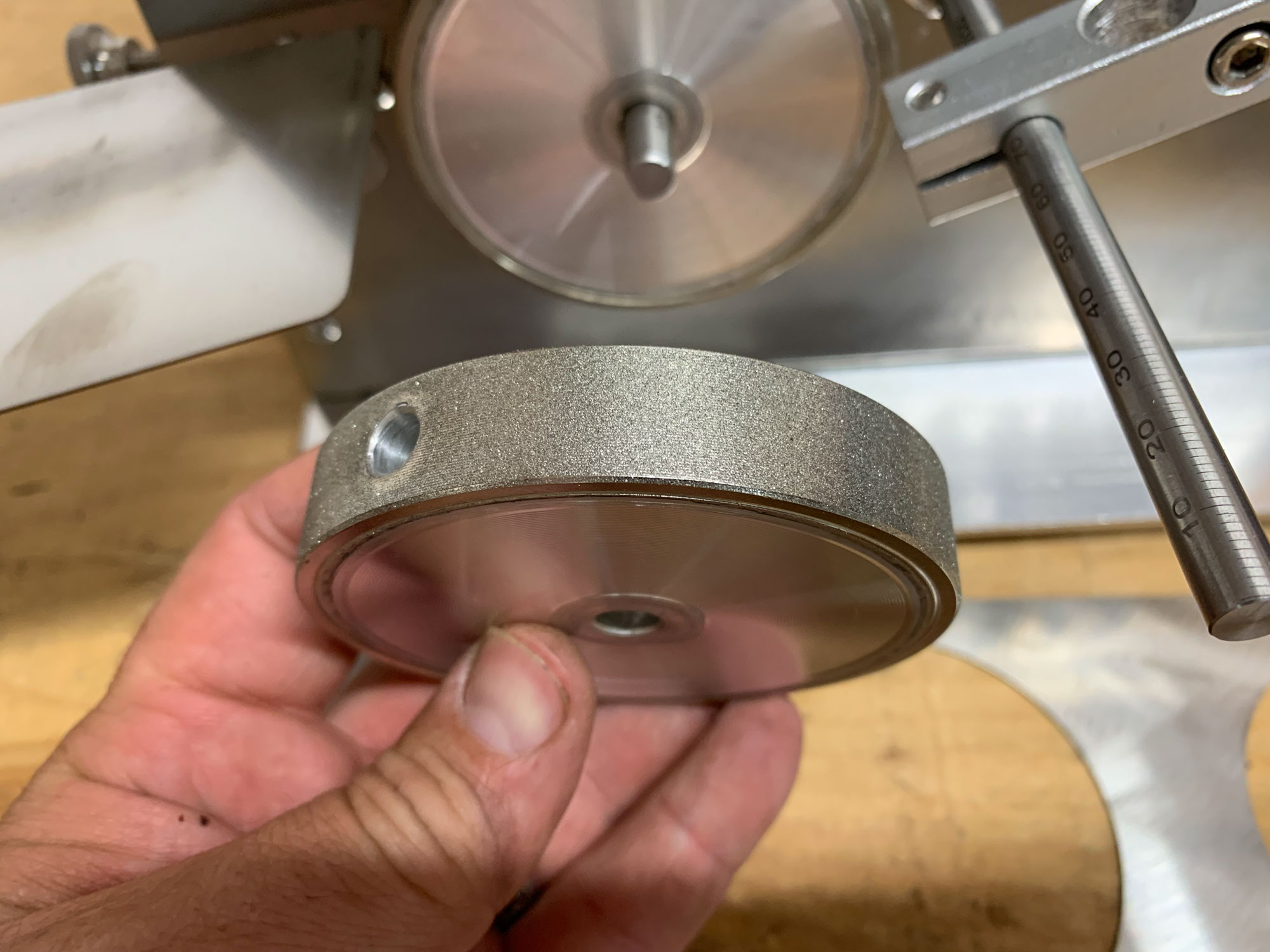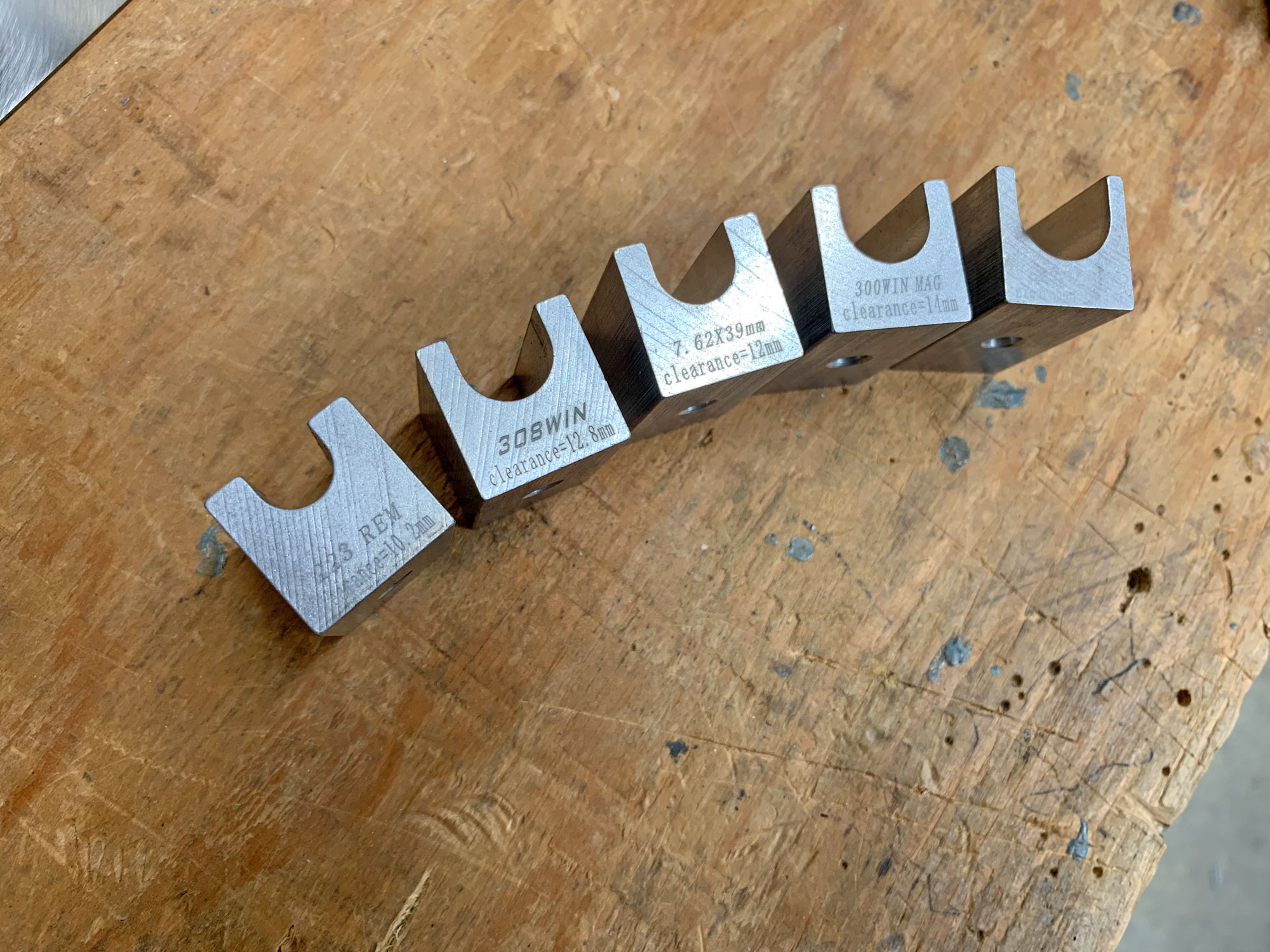A brass annealing machine is a once elite piece of reloading equipment that has become more mainstream recently. Though I’ve reloaded for more than 20 years, I’ve been mostly just a functional reloader and hadn’t even heard of annealing until a few years ago. I still don’t have all the best and latest equipment, and much of my reloading work is for hunting, but as my volume of shooting and reloading has grown, I’ve decided that annealing is a wise choice to improve the consistency and service life of my brass. There are a number of options on the market, but when shopping for a brass annealing machine for myself, the Ugly Annealer from Derraco Engineering caught my eye — here’s what I think of it after annealing 5,000 pieces of brass with it.
The Ugly Annealer Specs
See It
- Dimensions: 10.5 inches X 6 inches X 13.5 inches
- Stainless Steel Housing
- Annealing type: Gas (propane)
- Diamond-grit-coated rotation wheels (2)
- Cartridge compatibility: .223 Rem. to .50 BMG
- Price: $271
Key Features
- Large case hopper with removable retention plate
- Precisely adjustable voltage/speed
- Additional rotation wheel included
- Includes 5 cartridge inserts
Review Highlights
- Simple and easy to assemble and service
- Diamond grit wheel coating shouldn’t wear out and spins cases reliably
- Large hopper holds around 170 .308/6.5 CM cases, and around 260 .223 Rem. cases
- Mostly hands-off operation once running

What Is Annealing and Why Does It Matter to Reloaders?
Annealing is a heat-treating process in which materials are heated above their recrystallization temperatures, then allowed to cool in order to make them more ductile (less brittle). Many metals are annealed so that they can be worked, stamped, or rolled without breaking. For rifle brass, this means heating the case (usually the neck and shoulder) to make it more malleable after firing. It’s common for manufacturers to anneal, though some of them clean the brass to remove the annealing discoloration. If you’ve seen cartridges with darkened brass around the shoulders and necks, that’s from annealing.
Each time we fire a case, the grain structure of the brass gets slightly more brittle. We fire, re-size, and fire again until eventually the case neck cracks. As a piece of metal is worked, it gradually hardens, then eventually cracks. Annealing effectively resets the grain structure to a more ductile state.
For the shooter and reloader, annealing after every firing can make your brass last longer and provide better neck tension consistency. Neck tension describes how firmly the case neck holds onto the bullet, and if that’s more consistent, chances are that your accuracy will be more consistent too.
Not every reloader needs to worry about annealing, but it’s an excellent way to get the most out of your components — especially premium brass. If you have a hard time keeping track of how many times your brass has been fired or, like me, have a five-gallon bucket of brass with mixed numbers of firings, annealing can help improve the consistency of that too.

Flame Annealing Vs. Induction Annealing
There are a number of different ways to anneal brass. Before you could just buy a brass annealing machine, shooters developed different ways to do it. Generally though, brass is annealed with a propane gas flame or by a brass annealing machine that uses induction (an electromagnetic field) to apply the heat. Induction annealing is theoretically more precise and consistent, and one of the best brass annealing machines you could buy is an AMP Mk II for around $1,700 (when they’re in stock).
For most shooters, a gas flame annealer is a more practical and effective choice. There is some variety, but these machines generally rotate one piece of brass at a time through one or two propane flames until the proper temperature has been reached. That’s usually between 500 and 800 degrees Fahrenheit but the general consensus is that 700 or 750 degrees is appropriate. Each brass alloy requires a slightly different temperature, and I get the impression that flame annealing isn’t an exact science. The flame position, exposure time, case lot, caliber, and gas regulation all play a part, so most folks aim for the best consistency they can get. It’s common to use a temperature-indicating lacquer like Tempilaq inside the case neck to tune in the proper flame and exposure time.
Why I Chose The Ugly Annealer
Picking a brass annealing machine to buy felt a little redundant, as many of them are functionally similar and cost about the same. There are some horizontal rotating plate annealers like those from AGS, but I wanted one of the dual-wheel, vertically oriented models like the Annealeez or Burstfire. However, when browsing options on Amazon, I came across the Ugly Annealer. At first glance, it appeared to be virtually the same as the previous two, but with a larger hopper. What grabbed my attention was that the Ugly Annealer had fivefold the number of positive reviews that any of the others had, with a note from Amazon that most customers keep this item. I take all that with a grain of salt, but it seemed to provide a better feature set at a similar price, so I ordered one.

The Ugly Annealer Brass Annealing Machine: Set-up and Operation
The Ugly Annealer is a simple machine and requires minimal assembly. It also comes with an Allen key set and additional small screws and parts. The base plate and housing are stainless steel, and the rotating wheels and cartridge case blocks are aluminum. With the base, front guide panel rod, and gas torch clamp installed, you’re ready to set up for your favorite cartridge.
One thing I like about the Ugly Annealer is that it’s easily adjustable to accommodate just about any cartridge. The unit comes with five different sized inserts for the brass catching wheel to accommodate anything between .223 Rem. and .50 BMG. Less common, a .22 or .17 Hornet insert can be purchased separately. The inserts are held into the brass catching wheel by a single machine screw and have a machined trough into which a single casing can drop as the wheel rotates underneath the hopper. The hopper front guide panel is clear polycarbonate and the depth is adjustable to allow for shorter or longer cases.
The Ugly Annealer comes with an AC power cord that plugs into the top of the unit next to the on/off toggle button. The only control on the unit is the voltage regulation knob which adjusts the speed of the motor and consequently, the exposure time each case has in the flame. Also on the top is a digital setting indicator display that’s handy to use as a reference when fine-tuning exposure time.

Basic Operation
The Ugly Annealer is simple to operate. After initial setup, you’ll want to fine tune your speed and flame. Set a few casings in the hopper, set up your propane torch (the kit also includes a bottle stand for non-standard torches), and turn the unit on. The brass catching wheel will pull a case from the hopper and drop it on top of the brass rotation wheel (which is adjustable for depth, and a thinner wheel is included for short cartridges), and the diamond-grit-coated wheel spins the case in the flame. As the brass catching wheel is about to drop another casing onto the rotation wheel at the end of the cycle, the adjustable ejection bar pulls back, allowing the annealed casing to slide off into your collection container.
Once you get the proper settings established, turn the machine off, stack your cases in the hopper, turn it back on, and let it work.
Using the Ugly Annealer
Time will tell for longevity, but the Ugly Annealer appears to be well-built with good materials, and should be user-serviceable if anything does break. After buying mine, I annealed approximately 5,000 pieces of brass to test it. That included .223 Rem., 6mm Creedmoor, 6.5mm Creedmoor, .308 Win., .30/06, .270 Win., 7mm PRC, .300 Win. Mag., and .300 H&H Mag.
I could easily re-fit the Ugly Annealer for different cartridge cases. In fact, it usually took longer to get the speed setting for different cases dialed in than it did to make the mechanical adjustments. The large hopper would hold approximately 170 pieces of 6.5 Creedmoor, .308, or .30/06 brass, and around 260 pieces of .223. Mostly, it was a set-it-and-forget-it machine. You want to carefully monitor it, but you’ll rarely have to make adjustments once it gets going — especially with larger cases. The only hiccup I had was when annealing .223 with a fully-loaded hopper. There is a small lip on the brass catching wheel that catches on the .223 brass and under the weight of the loaded hopper. It did bind up once and I had to unload the hopper. I annealed brass virtually non-stop for several days, and I’m quite pleased.

Things I Really Like About The Ugly Annealer Brass Annealing Machine
- I really like the simplicity and adjustability of this annealer. It’s not built to look good, but built to last. There’s nothing shoddy about it.
- The large hopper and removable front guide panel are quite handy if you’re annealing a large quantity of brass. Without the guide panel, brass can easily get bumped out.
- The caliber conversion blocks provide a good fit for a wide variety of cartridges.
- The diamond-coated brass rotation wheels spin the brass very consistently — a complaint I hear about other models with rubber-coated wheels is that the rubber sometimes slips and won’t spin the case.
Things I Wish Were Better On The Ugly Annealer Brass Annealing Machine
- I think the only thing I found annoying was that the gas torch clamp is tough to lock into place without moving the flame. I usually left it somewhat loose, and manually positioned the flame at the start of each annealing session, being careful not to bump the table.

Brass Annealing Machine FAQ
No, it’s not a requirement. However, it can make your brass last much longer and give you better consistency in your reloads.
Most shooters aim for 700 or 750 degrees Fahrenheit, but exact temperature varies depending on conditions and the exact alloy.
Annealing resets and softens the crystal structure of the rifle brass after firing, preventing it from becoming brittle.
Yes, annealing will extend brass life when properly done because it allows more working cycles before the case neck cracks.
Read Next: Rifle Nodes: How You’ve Been Wasting Your Time and Money on Load Development
Final Thoughts on the Ugly Annealer
Though an induction annealer like the AMP is probably better, most shooters will find the Ugly Annealer to be a great value. It offers a great feature set that is superior to similar competitive models — at about the same price. It’s easy enough to set up and use for small batches of expensive brass. But it’s also capable of handling hundreds of pieces of brass without stopping. It’s not too often to find real gems on places like Amazon, but I’m glad I bought the Ugly Annealer.
Read the full article here




